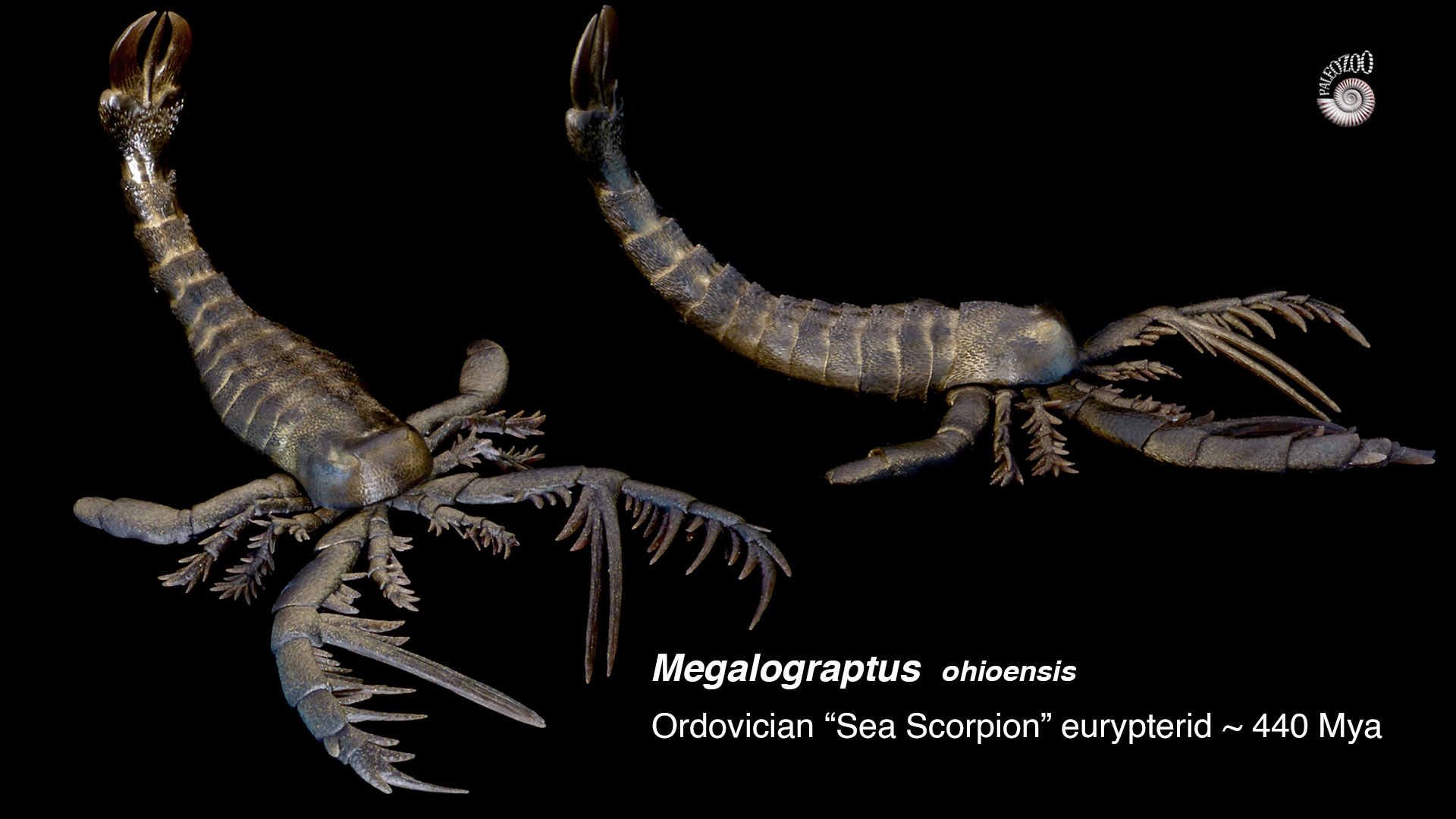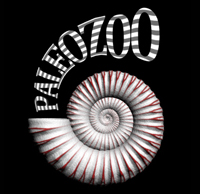Megalograptids are an extinct group of arthropods that dominated the Late Ordovician and Silurian periods. Sometimes referred to as a sea scorpion, Megalograptus was notable for its size, with the largest species reaching lengths of up to 750mm. It is regarded as an apex predator of the period.

Megalograptus ohioensis stood out morphologically due to its impressive forward-facing appendages, which were much larger and more spined compared to those of other eurypterids. It also had a distinctive telson, or tail segment, that was spike-shaped and featured unique cercal blades - though it was not venomous like modern scorpions.
Megalograptus inhabited shallow marine waters, where it likely employed its large appendages, and perhaps its telson and cercal blades, to capture prey. Fossilized dung, or coprolites, attributed to M. ohioensis, reveals fragments of trilobites and even parts of M. ohioensis itself. This evidence implies that Megalograptus may have engaged in cannibalism, similar to some contemporary chelicerates.
Eurypterids didn't have jaws but instead had pincer-like mouthparts called chelicerae that would have been used to dissect prey into small pieces before ingesting. Chelicerae are defining features that place eurypterids into their own subphylum of arthropods.

Eurypterids were multi-segmented and would have been quite flexible. The distinctive broad hind legs of the groupmay have allowed for some limited crawling or upward leverage motion, but they would have been much more useful as swimming appendages enabling Megalograptus to row or aquaplane through the water column.

Unusually, some fossil remains of Megalograptus have retained their original colouration and so it is known that M.ohioensis was mostly dark brown in colour with some black elements, in particular the forward facing appendages.
